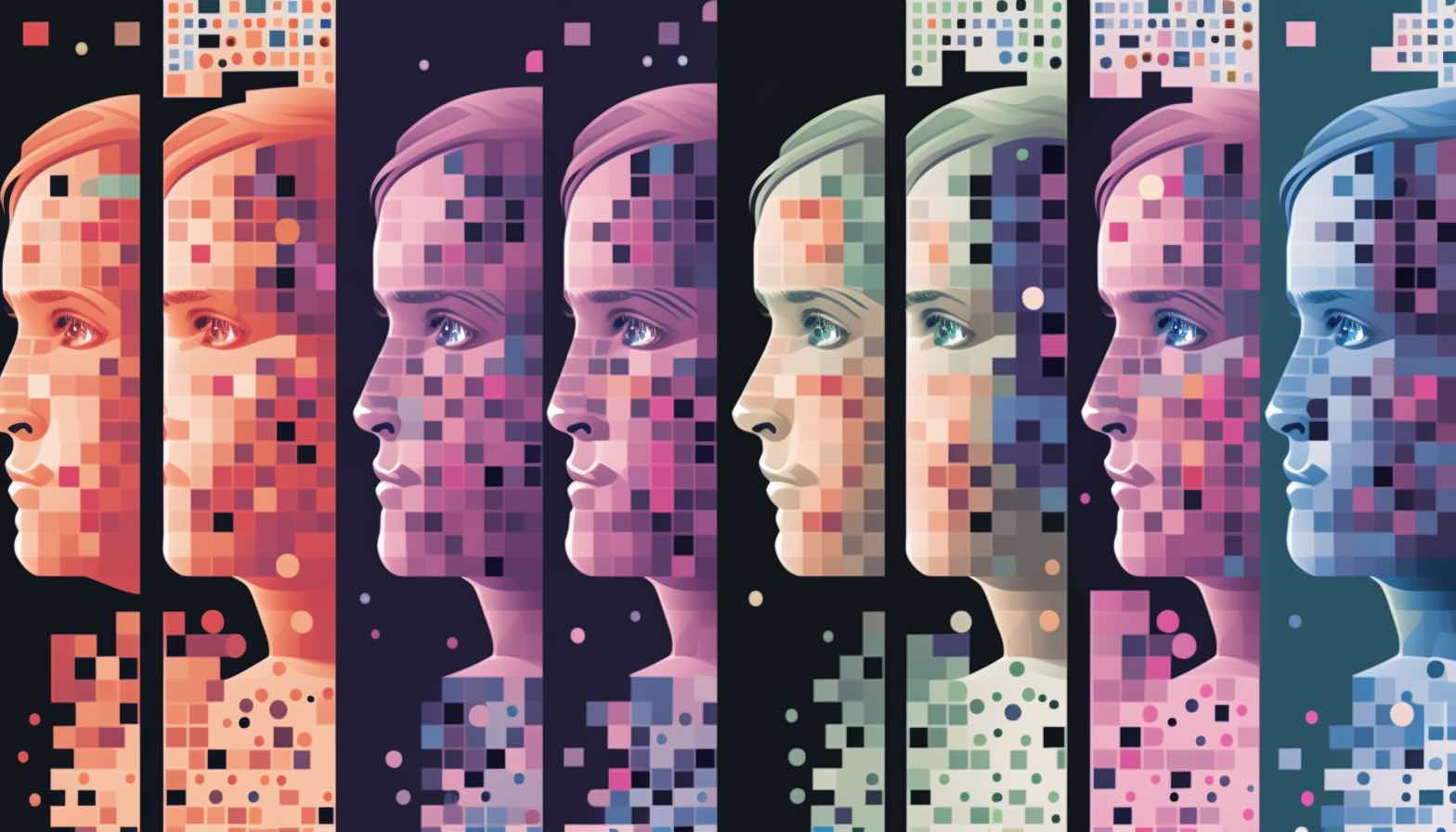The biggest opportunity for AI technology, by far, is health and wellness.
Medicine is hard. For many ailments, finding out what’s actually wrong, and determining out the right treatment, has taken hundreds of years of careful data analysis. Anybody who’s seen an episode of Dr. House has seen dramatizations of some of the problems that real doctors face on a daily basis.
The good news is that machine learning is very good at sophisticated pattern-matching, which is exactly what you need for things like personalized medicine. Here’s a nice real-world example from the MIT Technology Review
“The researchers took a small sample of tissue…They divided the sample, which included both normal cells and cancer cells, into more than a hundred pieces and exposed them to various cocktails of drugs. Then, using robotic automation and computer vision (machine-learning models trained to identify small changes in cells), they watched to see what would happen.
“The approach allowed the team to carry out an exhaustive search for the right drug. Some of the medicines didn’t kill Paul’s cancer cells. Others harmed his healthy cells. Paul was too frail to take the drug that came out on top. So he was given the runner-up in the matchmaking process: a cancer drug marketed by the pharma giant Johnson & Johnson that Paul’s doctors had not tried because previous trials had suggested it was not effective at treating his type of cancer.
“It worked. Two years on, Paul was in complete remission—his cancer was gone. The approach is a big change for the treatment of cancer, says Exscientia’s CEO, Andrew Hopkins: “The technology we have to test drugs in the clinic really does translate to real patients.”
As Exscientia puts it “In the future, all drugs will be designed with AI.” The biggest barrier will be, as usual, collecting the right data in the first place.
